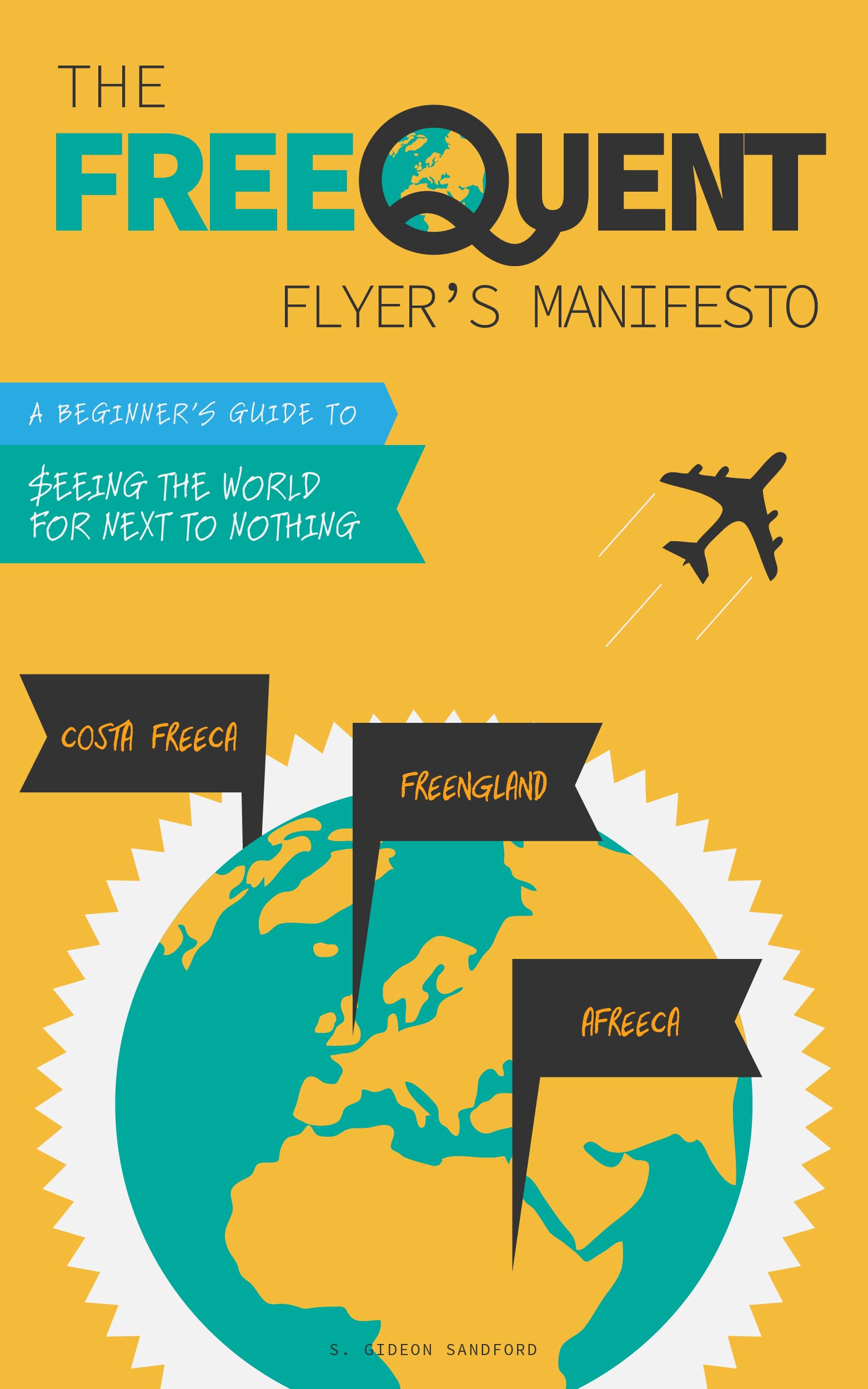Exceptions, exemptions, and exclusions from hotel rewards and benefits
/After 4 years involved in travel hacking, I still find myself learning something new almost every week. For example, since until this year I'd never had Hyatt Gold Passport Diamond elite status before, it had never occurred to me to dive into the gritty details of Suite Upgrade Awards.
There are in fact quite a few popular benefits of hotel loyalty programs that have cavernous exceptions you may not know about. Here are four.
Hilton HHonors elite 5th night free exceptions
Elites in the Hilton HHonors loyalty program get their 5th night free on all-points award stays (not on "points and money" awards).
But the Hilton HHonors terms and conditions conceal a landmine: the 5th-night-free benefit "[d]oes not apply when stay is booked as part of a Reward Stay offer, package, or promotion offered by Hilton or any of its partners, or at All-Inclusive properties or Distinctive properties."
"All-inclusive properties" is simple enough, although I consider it a bit cheap since there are non-all-inclusive properties that cost more points per night than Hilton's all-inclusives while still managing to honor the 5th-night-free benefit.
That leaves the question: what are "Distinctive" properties? Amazingly, the Hilton HHonors terms and conditions don't say. For that, we'll need to turn to Citibank.
Citi Hilton HHonors Reserve weekend night exemptions
You may have heard of the Citi Hilton HHonors Reserve weekend night certificates offered as a signup bonus after spending $2,500 on the card within 4 months and on each account anniversary if you spend $10,000 during the membership year.
What you may not have heard about are the properties that are exempted from having to honor those free night certificates! Citi excludes all-inclusive properties and distinctive properties, and handily provides us with an actual list of the excluded properties. Besides the all-inclusive properties, they also list all the "Distinctive" properties that are excluded. Most of these are simply timeshare properties operated as Hilton Grand Vacations properties, but the last one, the Qasr Al Sharq, appears to me to just be a very luxurious hotel that managed to carve itself out an exemption.
Hilton HHonors breakfast and upgrade policy exclusions
If you're used to receiving a complimentary continental breakfast when staying at Hilton and Conrad properties, you might be surprised to discover that Waldorf Astoria Hotels and Resorts are excluded from that benefit. Your "My Way" benefit choices are limited to upgrades to preferred rooms and your choice of 1,000 HHonors points, a free in-room movie, or a spa, golf, or restaurant discount.
Speaking of those upgrades to preferred rooms: the Napua Tower at the Grand Wailea and the Imperial Floor at Rome Cavalieri are excluded by name from the preferred room upgrade benefit.
Properties excluded from Hyatt Suite Upgrade Awards
Everyone knows that "Suite upgrade awards are only valid for standard suites, defined as each participating property’s introductory suite category," which can be a real pain when you're trying to figure out which available suites are and aren't eligible for upgrades.
But there are also properties and brands that are completely excluded from suite upgrades!
First of all, "Suite upgrade may not be booked at Hyatt hotels or resorts before they have opened."
And second, "Suite upgrade awards are not available" at:
- Park Hyatt Beaver Creek Resort and Spa
- Park Hyatt Maldives Hadahaa
- Park Hyatt Sydney
- Andaz Tokyo
- Hyatt Regency Kyoto
- Hyatt Regency Phuket Resort
- Hyatt Regency Tulsa
- Hyatt Regency Wichita
- Hyatt Paris Madeleine
- Hyatt Herald Square
- Hyatt Key West Resort and Spa
- Hyatt Manila City of Dreams
- Hyatt Santa Barbara
- Hyatt Residence Club resorts
- Hyatt Place and Hyatt House hotels
- and M life resorts.
Some of these properties, like the Hyatt Place and Hyatt House brands, simply don't offer suites. M Life resorts are only bookable as part of a joint marketing effort, so you can imagine some kind of logic behind them not offering free suite upgrades to Hyatt elites.
But the Park Hyatt Beaver Creek and Andaz Tokyo do have suites, and the Park Hyatt Maldives and Park Hyatt Sydney at least have upgraded rooms. They're just extremely expensive and the properties aren't inclined to guarantee them to Diamond elite members in advance, for free.
Conclusion
Travel hacking is the knowledge that the house doesn't always win; it can be beat. But it can only be beat when you know what you're entitled to, and what the loyalty programs and properties can give you at their own discretion.


